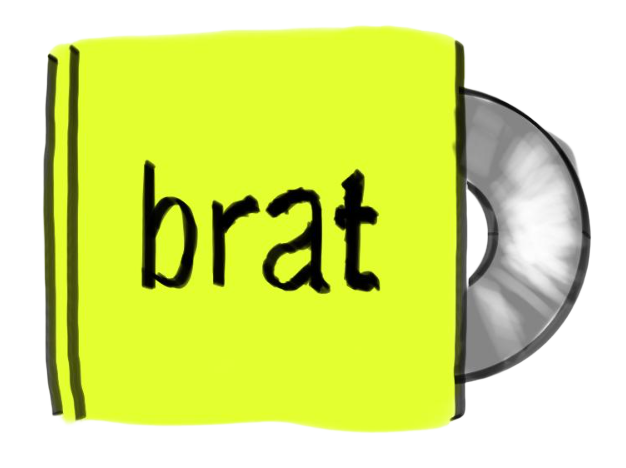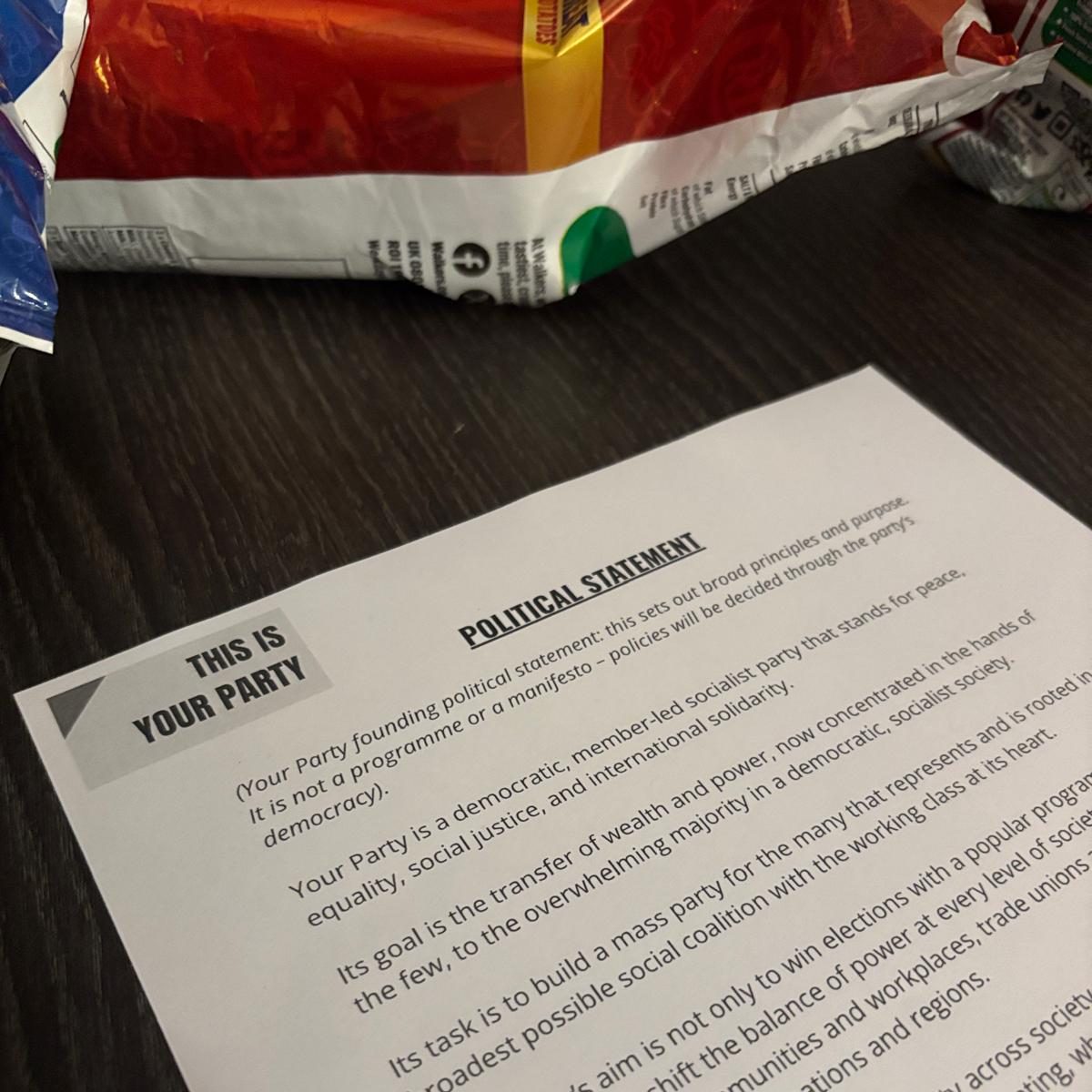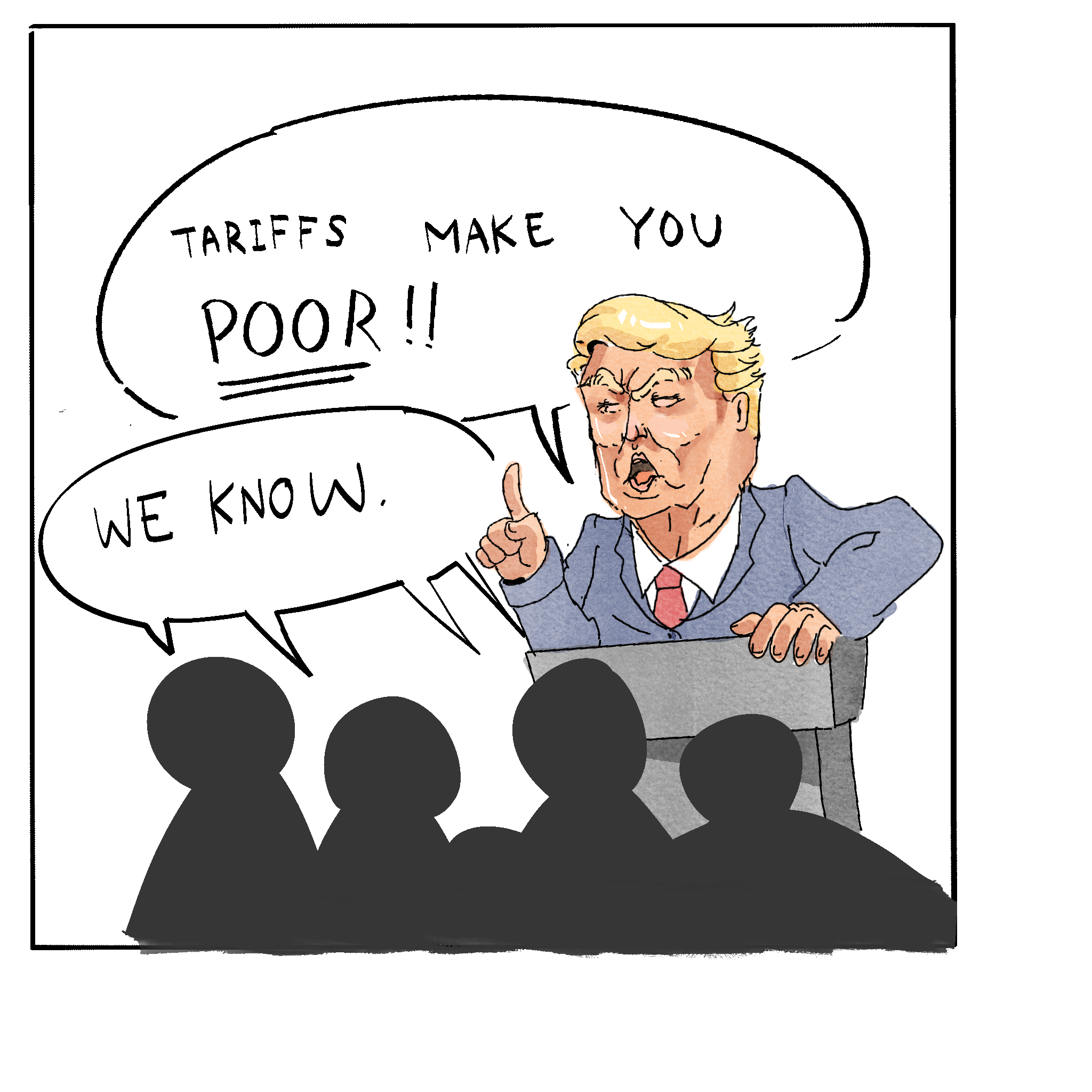By Sebastian Daniels
Political memes are nothing new. For years, both supporters and mockers of the Trump campaign have made an icon of his cult of personality. Yet it is hard to ignore that Harris’ ‘brat era’ is a marked turn from previous Democratic Party strategy. Just hours after Biden’s presidential drop-out, an endorsement from CHARLI XCX was quickly followed with the album’s signature brat green plastered over ‘Kamala HQ’ on X/twitter.
Charli XCX’s brat girl, described as “that girl who is a little messy and likes to party and maybe says some dumb things sometimes”, is undeniably hard to interpret politically. If Harris’ adoption of brat is political, it’s undoubtedly more indirect than her rival. Trump’s virality with slogans like “Build the wall” and “Make America Great Again” appealed to conflictingly xenophobic and patriotic sentiments that America is perceived to have been’ left behind’. What does brat appeal to? Distraction, mostly – and this should worry you. Harris deviates from precedent by not linking these symbols to campaign promises. Her superficially divergent ‘brat summer’ doesn’t change the fact Harris’ policy appears to be remarkably similar to Biden’s.
Why brat?
The album, praised for its “defensive self-awareness,” is as sombre as it is gossipy and relatable. Themes of trauma interlaced with a carefree attitude and a nostalgia for club classics provide a realism unmatched in the mainstream. Young voters’ distrust of politics leaves many wanting to shut it out altogether. Perhaps the most interesting thing Harris can do is suggest that she too, just like brat’s party-girl persona, can play the game.
The incentive for Harris to broaden her appeal is clear. Biden changed little for younger Americans. Despite Democrat control of both House and Senate, abortion rights were never enshrined into law, student loans are largely unforgiven, and all at a time when housing is becoming unaffordable. Add a debate where he struggled to speak in complete sentences, and it’s easy to see how Biden might seem out of touch.
By contrast, Harris gets it. She understands that you want to live your life, and so does she, supposedly by building a better America. Sure, she’s not perfect, but oh – “you think you just fell out of a coconut tree?” (another Harris meme) – nobody’s perfect. The relatability serves as a welcome distraction from the previous two old white men, who you would be forgiven for thinking couldn’t care about what happens to anyone below 50.
Debate viewership is stagnant, as younger voters opt to watch highlights on TikTok and Instagram instead. As the medium changes, the message must, too. It’s hard to see a better way to cater to a new generation than through brat.
It’s not a distraction without harm
Associations matter because they allow voters to easily tell when promises aren’t kept. Ordinary Americans were able to see through Trump’s wall slogans when only 80 miles of new ‘wall’ (fence, really) were built, and deportations remained similar or lower to the Obama era. They can also check Biden’s ‘return to normality’ pitch against his mask mandates and vaccination drives, just as they can see that Biden’s deportations are set to match Trump’s. The important thing is that, to an extent, voters knew who they were voting for because of these associations with actionable policy. Whether or not voters check these policies, they feel their impact directly.
It’s more than just symbolism. These are vital information shortcuts for ordinary voters, crucial for trust and accountability in a democracy.
So what does brat symbolise? Its apathy and messiness are perhaps not unreasonable reactions to the current state of politics in the US. Though, it’s perhaps not what you’d want to promise America. Brat marked the beginning of a social media campaign with remarkably vague policy links. Recently, many TikToks boasted about Taylor Swift’s endorsement. Much of ‘Kamala HQ’s’ limited policy content is simply parts of speeches that aren’t particularly compatible with the short-form, stimulation-prone platform. These are vastly outnumbered by TikToks mocking Trump. For the casual viewer, learning what Harris is about isn’t straightforward, especially with a short attention span.
With scarce information on what to expect from Harris policy-wise, younger voters have very little to keep her accountable for. The permissiveness should be worrying. As much as Harris’s marketing team might get the younger generation- this isn’t reflected in policy. Over half of Americans support stopping military aid to Israel, a figure that is likely higher for younger voters. Yet, Harris remains reserved on the issue. She reaffirmed a vague position that committed herself both to Israel’s right to ‘defend itself’ and ‘working on’ ending the siege, but nothing of Israel’s war crimes. This isn’t something that the average younger voter likely knows much about. Instead, they see coverage of her brat era as it disseminates over social media. Distractions are a powerful force. If Harris can use this ‘apolitical’ iconography to gain the trust of the youth vote without promising much, how will she ever lose it?
The enemy you can’t see
It’s true that brat might not be entirely irrelevant. Some have linked ‘brat’ to the rejection of the ‘clean girl aesthetic’ as a feminine ideal. The previous trend emphasised being ‘put together’, requiring altogether inhuman perfection and docility from women. The aesthetic has been criticised for being restrictive and overly controlling. Abortion rights are a pivotal issue this election, so rejecting a symbol of restriction over women’s lives and bodies must carry some meaning. Harris distancing herself from aesthetics, complicit in this control does, to an extent, differentiate her from Trump.
Regardless, any allusion Brat could be making shouldn’t worry us any less. It still leaves Harris’ campaign promises unclear in the eyes of younger voters. The subtlety is distracting. You don’t think abortion rights when you think brat. Brat does not embody any promise that voters can complain about when Kamala falls short of ‘becoming’ brat. Brat appeals to a ‘gut feeling’ – one that feels remarkably populist.
While politicians have always appealed to feeling, in the past, they were never so unclear about where these feelings were directed. Trump was admittedly vague about the ‘greatness’ upon which he wanted to make America great again. However (deludedly or not), he pointed these feelings towards tangible enemies—immigration, foreign competition, and political elites.
Both sides use gut feelings, but they used to direct those feelings towards specific issues. Harris, too, has policy, but brat, like many of the vague symbols and memes of her relatable campaign, acts like a smokescreen. By playing into a humorous, self-aware cynicism, Harris panders to the growing distrust voters have for the political establishment. Still, it doesn’t offer them anything concrete to hope for or oppose. The attention it captures from voters comes at the expense of their knowledge of a candidate’s position.
Harris’ ‘brat era’ is a perfect example of how frustration with politics can be weaponised in an era of overstimulation. Voters have never had more access to information, but it also overwhelms them. They can only absorb so much. It’s hard to keep up as the information they are fed becomes increasingly questionable and of low quality. It’s easy to switch off the news when snippets of it are just a tap away. It’s even easier when younger voters feel little hope the political establishment will change anything. If housing continues to be bought up by Blackstone to jack up rents regardless of the candidate, why not choose the relatable one?
Suppose Harris can win over our generation using symbols of political apathy and vagueness. What does this say about the future? It is easy to be apathetic, and brat plays into this. But if frustration with bad policy leads to voters ignoring policy altogether, then policy will never change. If the pattern continues, what reason do politicians have to make any firm commitments at all?
Political parties (especially in the US) have long constructed policies that cater to ignorance, but it seems that now, more than ever, voters are at risk of not voting for policy at all. Are elections at risk of being increasingly influenced by false vibes that have nothing to do with policy? Hard to say, but brat wouldn’t be a bad distraction.
Illustrated by Lucas Ngai




